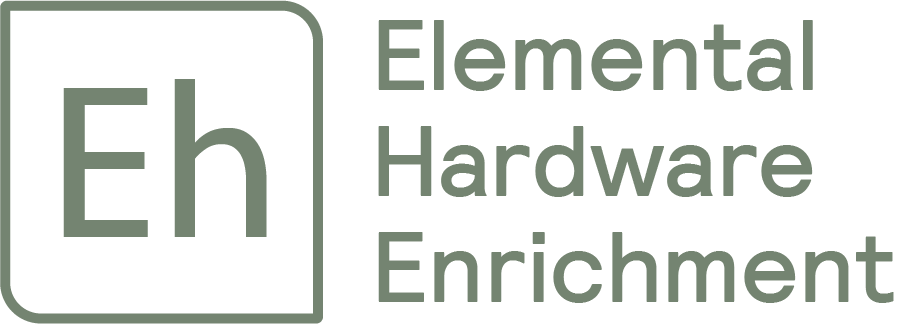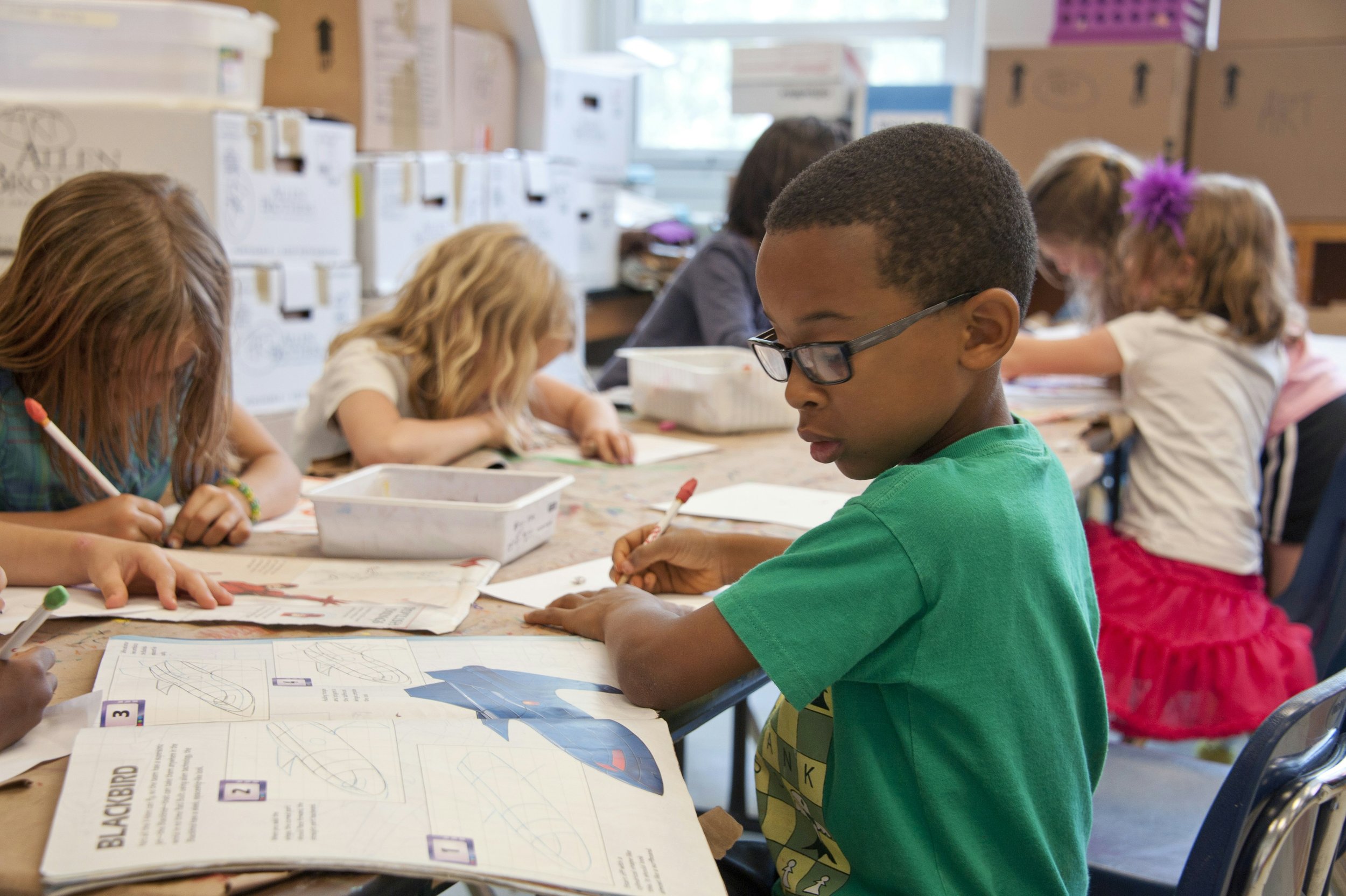The Power of Hands-On Learning: Boosting Confidence and Creativity in Kids
What is hands-on learning & why it matters
Hands-on learning diverges from traditional forms of study like passive listening, memorization, and reading and is a form of learning in which students engage with materials, solve problems, discuss their ideas, and collaborate with others. This form of learning has proven to not only engage students more but also foster critical skills that will serve them outside of the classroom in real-world applications. Isn’t this what school is all about anyways – preparing students for a life beyond the classroom?
Key benefits of hands-on learning in the classroom
Study after study has shown that forms of hands-on learning, including active learning, project-based learning, discussion-based and Socratic learning, and many more, are more effective in increasing retention rates of concepts than traditional lecture-based learning methods.
In 2019, a Harvard study on active learning was conducted across two groups of students where the only variable between their syllabi was a component of hands-on learning. Despite the students self-reporting that those in the lecture-only group felt like they learned more than their peers in an active learning environment, the latter scored higher in their tests of the exact same subject matter. In further analysis, the study found that this feeling of learning less was actually rooted in the misperception that challenging and new methods of learning were signals of poor learning. Over time and with the comfort of practice, though, students showed that they increasingly enjoyed hands-on learning activities on top of their improved learning outcomes.
As with many things in life, new experiences can be uncomfortable. When we are introduced to new methods of critical thinking or project-based learning, we may not initially enjoy it. New experiences – particularly those with positive outcomes – however, help us grow, keep us open-minded, and build our confidence as we move through each of these moments, and we should ultimately be encouraging these activities of stepping outside one’s comfort zone within our education system.
Hands-on activities that promote confidence & creativity
When properly planned and structured, experiential learning modules within a subject matter’s curriculum can empower students to think outside the box, explore materials, problems, and tools, and experiment with solutions that produce a real outcome. Whether they solve the problem on their first try or not may not matter so much as the very act of learning cause-and-effect and building neural pathways that allow a student to more effectively access these memories and skills in the future.
Just consider these examples of hands-on learning activities for kids in traditional subjects:
History
Have students role play a historical figure by researching the person, dressing up, and participate in a live AMA (ask-me-anything) to assess their likeness of answering as the figure would have
Take students on a field trip to a historical site (if accessible) by preparing them in advance with the promise of a field trip as they are exposed to a topic, reflection on the field trip and a prompt to draw a parallel to something similar in history or even present day.
Create physical maps or architecture of historical sites after learning about the potential challenges faced by troops in a battle or explorers across the world; have students reflect on how they might have addressed the situation if they were that soldier or explorer
English Language Arts:
Select 1 - 2 students per day to share a current event or quote of the day with the class and discuss what it means to them or their perspective on the matter; encourage the class to engage in further discussion about their perspectives
Have students role-play a real-life exchange (ordering at a restaurant or cafe, buying a ticket at the movie theater, organizing group travel itinerary, etc.) using proper grammar and vocabulary with their peers; have them prepare by researching the topic, participate in it, and reflect on an ELA principle and apply it to other scenarios they may experience.
Math:
Learn about student interests and find ways to draw parallels in a mathematical principle to what motivates them
Use physical objects for students to manipulate and move around to help communicate abstract concepts.
Give students tangrams and ask them to make specific shapes throughout a geometry lesson to communicate shape-related concepts (e.g. formula for area, spatial reasoning, symmetry, etc.)
Science:
Have students build a terrarium to emulate an ecosystem or learn about basic life. Students can even conduct experiments with their terrariums to understand how certain elements will affect their ecosystems.
Explore chemical reactions with baking soda and water.
To help students learn about renewable energy sources or mechanical systems, guide them through the process of building a wind turbine with a paper cup and straws and experiment with the amount of air blown into the straw
These activities only scratch the surface of the array of experiential learning modules that can be incorporated into various traditional curriculum, but one thing they all have in common is the requirement to plan and structure a lesson to ensure students are set up for success to achieve a learning objective. Setting students up for success allows them to be guided through a challenge, achieve a positive outcome, and build their confidence so that the next time they have a similar experience, they’ll be comfortable enough to try to address the problem rather than back down.
Oftentimes, in order to do this successfully, teachers will need resources (be that time, funding, or even an assistant in the classroom) – with the help of administrators, parents, and even class volunteers, more students can experience greater learning outcomes, motivation, confidence, and creativity as experiential approaches are brought into the classroom to support students in their everyday lives.
Engaging the kids in your life
Convinced that hands-on learning is worthwhile to introduce students to basic concepts before, during, and even after formal education begins? Us too. At Elemental Hardware Enrichment, we’re passionate about empowering people with skills that will increase their feelings of self-sufficiency and serve them for years to come. That’s why we’ve designed woodworking and electrical DIY project kits that require builders to think critically about the planning, the different components, and the tools required to construct an object and then add a creative flair to make it their own. Learn about our services for more on how you can get your hands on our DIY project kits!

